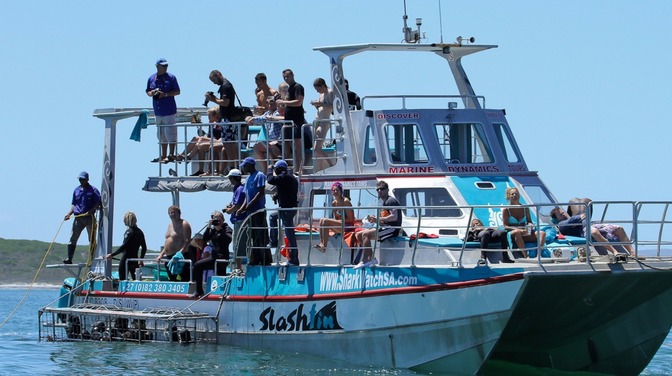-
Outdoor Adventures
- Bird Watching
- De Kelders Caves
- Fynbos Tours
- Hiking & Walking Trails
- Horse Riding
- Kayaking
- Action Sports
- Birdwatching
- Crocodile Diving and Viewing
- Day Trips
- Fishing
- Hiking Trails
- Horse Riding
- Kayaking
- Mountain Biking
- Nature Reserves
- Quad Biking
- Scenic Flights
- Stargazing
- Nature Reserves
- Wheelchair Friendly Activities
Enter a time warp into modern man's early home
Join us on a mind-shifting time warp into the Middle Stone Age period when modern man and large antelope such as eland, black wildebeest and the extinct “blaauwbok” roamed the Walker Bay area before the sea had claimed the land.
The Klipgat Cave just outside De Kelders in the Walker Bay Nature Reserve was home to ancient peoples (homo sapiens sapiens) whilst Europe was still inhabited by the much more primitive (and later extinct) Neanderthals.
The spectacular limestone rock formations, artfully sculptured by nature, over aeons, into window-like openings, led to the name Klipgat (stone with a hole). It offers breathtaking views over the Walker Bay coastline and Die Plaat.

Archeological evidence of early modern man living here some 70 000 - 80 000 years ago, was only discovered in the late 1960’s. These remains, including stone tools, bones, hearths and a few human teeth, are now kept safely on display in the Cape Town Museum. The latest dating techniques reveal fascinating evidence of Middle Stone Age (MSA) people hunting eland, steenbok, dune molerats and hares in this area when the coastline was 3-7 km away. It is believed that the sea level then dropped even further, pushing the coastline 35 km away, some 20 000 years ago and only settled at present levels about 3 000 years ago.
These Stone Age people lived off plants, tortoises, shellfish, seals and birds. The Klipgat Cave with its many coves and high ceiling provided perfect shelter from the elements and was closely located to an abundant supply of fresh seafood and spring water.
Top layered deposits in the cave also unveiled evidence of the Later Stone Age (LSA) people (possibly Khoekhoen/Khoikhoi) living here 2 000 years ago. The stone and bone artefacts, including some of the earliest sheep bones in the Western Cape, provided the first evidence of domestic stock-keeping in South Africa: Khoekhoen pastoralists were already keeping sheep, and maybe even cattle and dogs, in the Western Cape as early as 2 000 years ago. Some of the oldest domestic pottery, showing finely crafted and decorated clay pots, were found here.
Other finds include many examples of shaped bone tools such as awls, “needles” and “spatulas”, as well as ornaments such as shell beads and pendants. An intact ostrich egg water flask was retrieved, as well as tortoise shells used as bowls. The site seems to have been abandoned abruptly about 1300 years ago. It is believed that a devastating smallpox epidemic ripped through the region in 1713, wiping out the entire population.
Despite these excavations, the spacious cave with its magnificent formations still hoards within its depths a wealth of secrets and stories about the joys and sorrows of our earliest ancestors. It is believed that all evidence of possible ancient rock paintings may have disappeared over the years due to the erosive nature of the limestone rock.
This remarkable site of World Heritage significance is one of the most important cultural assets in the Western Cape. Two other sites of similar archaelogical importance are at Klasies River mouth near Humansdorp and at Blombos Cave near Still Bay.
The Klipgat Cave is managed by Cape Nature Conservation in conjunction with several roleplayers to protect the site from further damage. Come explore, with our specialised guides, this important piece in the overall puzzle of human evolution.













